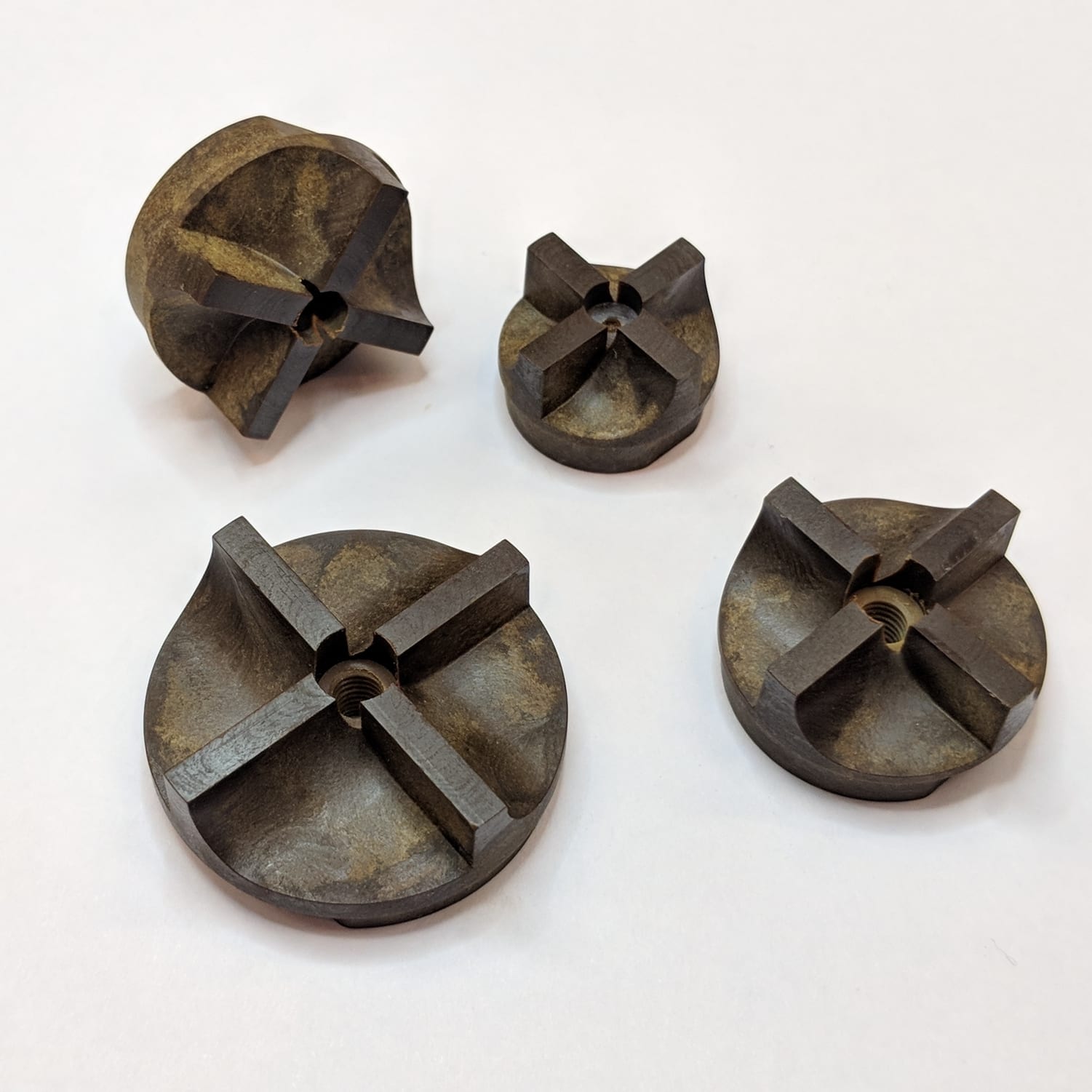Computed Tomography Measures Tighter Tolerances – Metrology News
April 8, 2021 | Blog, Capabilities Blogs, Industrial CT Scanning Capabilities Blogs, NewsComputed Tomography Measures Tighter Tolerances

Plastic injection molding continues to become more and more sophisticated with part tolerances becoming tighter and tighter. Initially, tight tolerance was defined as +/-.002 inches (0.0508 mm) and a very tight tolerance is +/-.001 inches (0.0254 mm) But today there are many factors that impact tight tolerance including part complexity and size, resin selection, tooling, and process conditions. So, getting the mold, part design, material selection and process correct is crucial when working with a product that requires tight tolerances.
Tight tolerances are essential when manufacturing complex parts, especially in the aerospace & defense, medical & life sciences, and diversified industrial sectors. A few thousandths of an inch can be the difference between a component that fits and one that does not – if tight tolerances are not achieved properly the resulting products may underperform. So, it is critical that clients understand tight tolerances and their underlying objectives. Performance Plastics has parts in production that are +/-.0004 inches (0.01016 mm). Parts are measured in their Metrology lab with a CT Scanner. Engineers use Zeiss metrology equipment to analyze every aspect of parts and the problem at hand, not just the data on the part dimensions and the dimensional tolerances.
Benefits of Tight Tolerances
There are many benefits to manufacturing parts with tight tolerances. It ensures that parts work together smoothly and fit as intended in their final form; parts mesh well and deliver enhanced functionality. They produce lower failure rates and result in higher client satisfaction. Tight tolerances can also result in fewer post-molding processing requirements. Additionally, tight tolerances allow for parts to be transitioned from metal to plastic, reducing overall weight and cost of the final product. This can be very advantageous in some industries, such as aerospace and defense.
Design for Tight Tolerances
Not every plastic injection molding project requires tight tolerances, and some organizations insist on tight tolerances for non-critical features. Tight tolerance should only be required in instances where they are critical. Many products require standard tolerancing because the consequences of failure are low. As a general rule, designers should keep tolerances as large as possible while maintaining the desired functionality of the part.
Materials for Tight Tolerances
Additionally, material selection is a critical element in achieving tight tolerances. Certain resins perform better under certain circumstances. An experienced design engineer can guide a client in choosing the most affordable material that will deliver the best result. So, it’s critical to bring in an experienced team early in the design process.
By engaging a production team during the design phase, part functionality, material selection and design can be discussed upfront, and the team can jointly develop a manufacturing process and correct materials that will produce high-precision components. It is crucial for organizations to partner with an experienced injection molder, who has expertise; the design and manufacturing teams should be integrated to allow manufacturability issues to be identified and addressed during the design process – thus saving significant time and unnecessary cost.
Establishing the right process and correct materials for each product and developing repeatability are key to manufacturing tight tolerance parts. While every application is different, there are some process and material conditions that impact tolerances. For example, quick cavity filling and uniform cooling at the desired temperature are conditions that are crucial to achieving repeatability, and thus, parts with tight tolerances.







